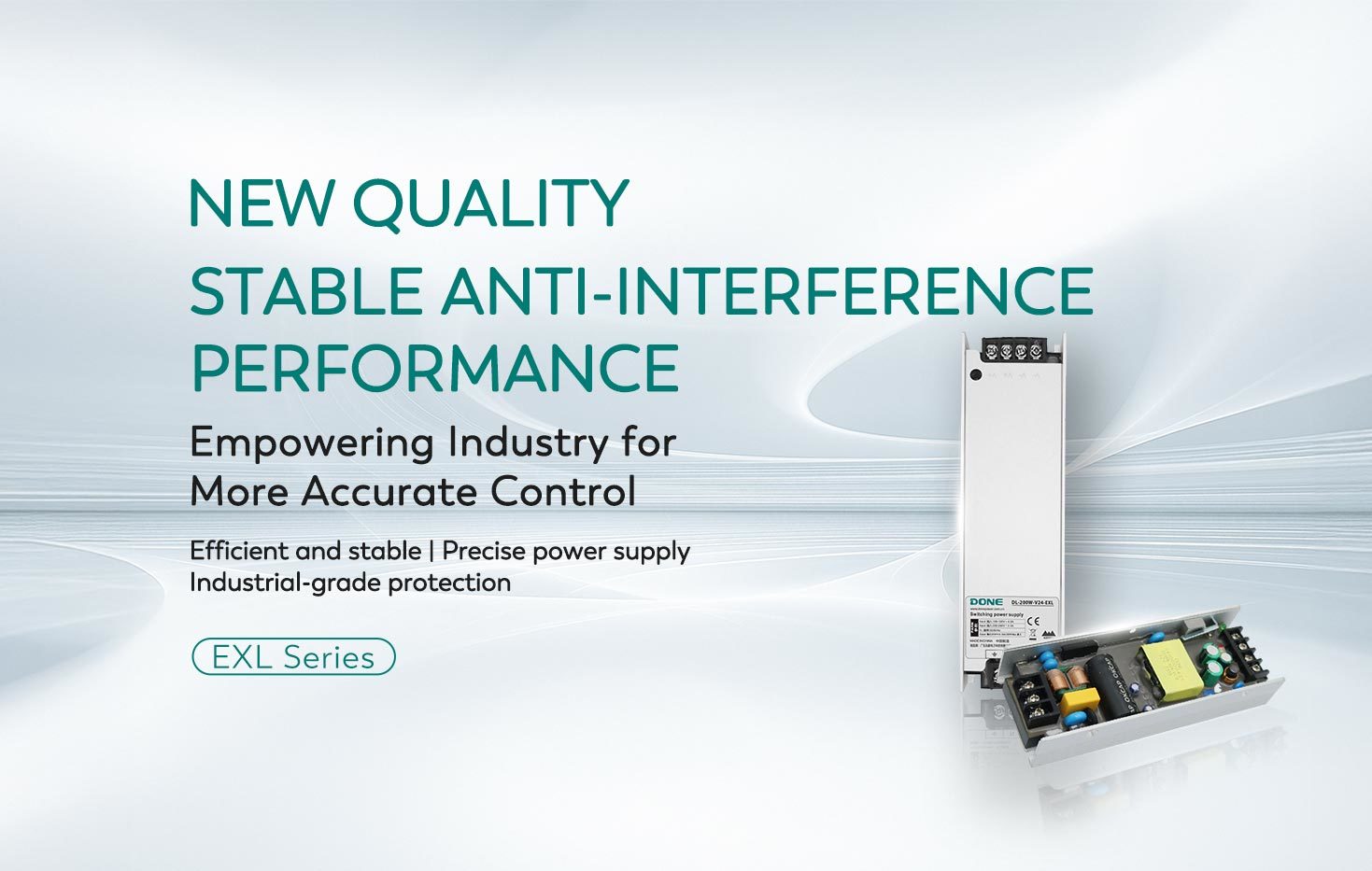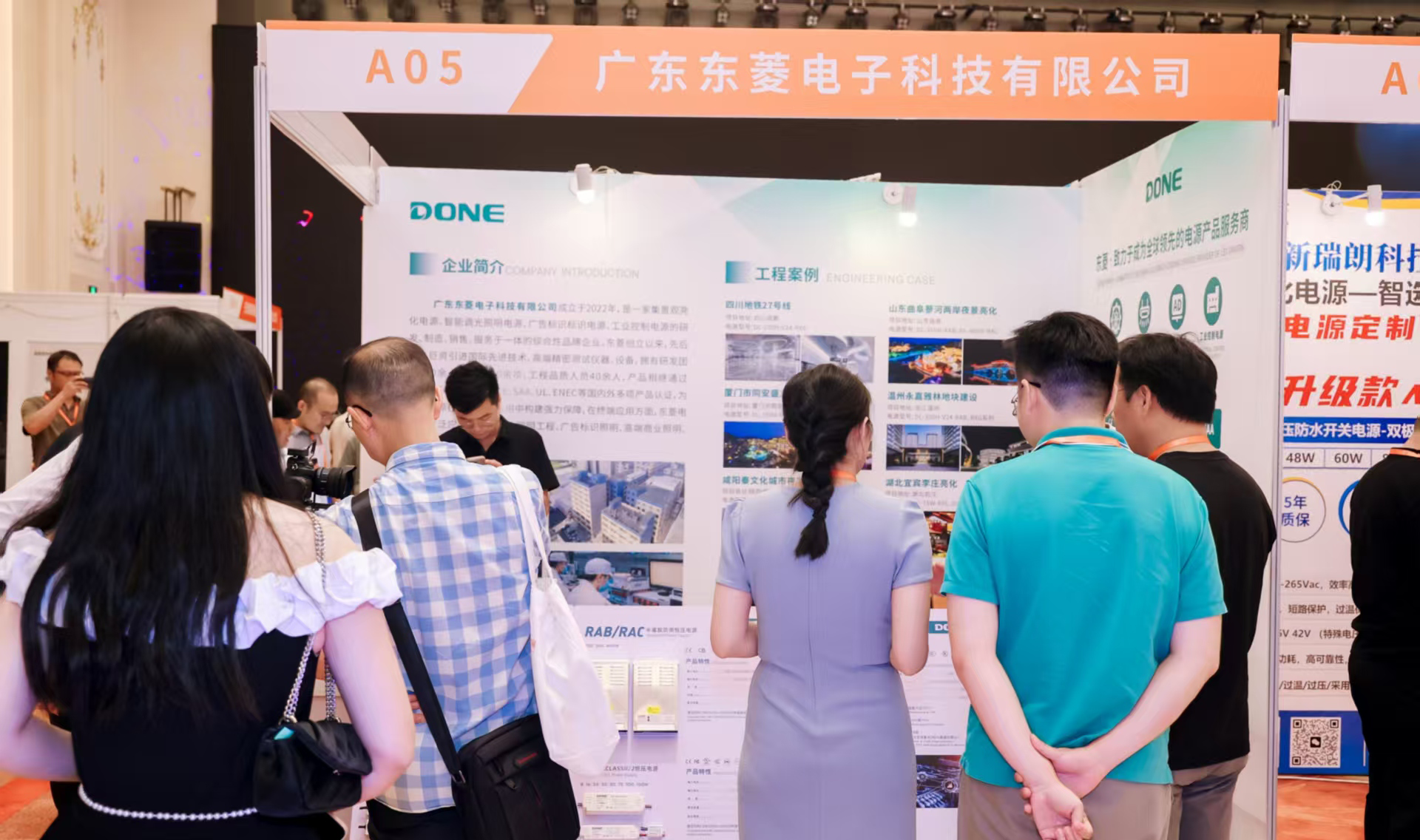How to Ensure Compliance with Medical Power Supply Regulations: A Comprehensive Guide
2025-10-10
How to Ensure Compliance with Medical Power Supply Regulations
Understanding Medical Power Supply Regulations
Compliance with **medical power supply regulations** is crucial for ensuring patient safety and the effective operation of medical devices. These regulations are designed to protect both the end users and the healthcare facilities that rely on these systems. In this section, we will explor
How to Ensure Compliance with Medical Power Supply Regulations
Understanding Medical Power Supply Regulations
Compliance with **medical power supply regulations** is crucial for ensuring patient safety and the effective operation of medical devices. These regulations are designed to protect both the end users and the healthcare facilities that rely on these systems. In this section, we will explore the key regulatory bodies and standards that govern medical power supplies.
Key Regulatory Bodies and Standards
In the medical electrical industry, several authorities and standards play a significant role:
- **International Electrotechnical Commission (IEC)**: The IEC develops international standards for electrical and electronic technologies, including IEC 60601, which sets the safety and performance criteria for medical electrical equipment.
- **Food and Drug Administration (FDA)**: In the United States, the FDA regulates medical devices, including their power supply systems, enforcing compliance with specific guidelines to ensure safety and effectiveness.
- **ISO 13485**: This is a widely recognized standard that outlines the requirements for a quality management system specific to medical devices, ensuring that power supplies meet necessary safety and performance requirements.
The Importance of Compliance
Ensuring compliance with these regulations is not just about adhering to laws; it directly impacts patient safety and device reliability. Non-compliance can lead to significant consequences, including recalls, financial penalties, and potentially harmful situations for patients.
Identifying Compliance Requirements for Medical Power Supplies
The first step to ensuring compliance is to identify the relevant requirements for your specific medical power supply systems. This involves understanding the specific applications and environments in which the equipment will be used.
Evaluating Equipment Needs
Evaluate the intended use of your medical power supply equipment. Different devices may require varying levels of compliance based on their applications. For instance, power supplies for life-supporting devices will have stricter regulations than those for non-critical equipment.
Understanding Voltage and Current Standards
Medical power supplies must operate within specific voltage and current ranges. Adhering to these standards not only ensures compliance but also promotes the safe operation of medical devices. Always reference standards such as IEC 60601 for specific voltage and current requirements.
Designing Compliant Medical Power Supply Systems
Once you understand the compliance requirements, the next step is to design your medical power supply systems accordingly.
Incorporating Safety Features
Safety features are essential for compliance. These may include:
- **Overcurrent Protection**: This prevents damage to the device and ensures patient safety by disconnecting the power supply in the event of a fault.
- **Isolation Techniques**: Proper electrical isolation is crucial for patient safety, particularly in devices that come into direct contact with patients.
- **Surge Protection**: Implementing surge protectors can safeguard medical devices against voltage spikes, ensuring longevity and reliability.
Testing for Compliance
Testing is a critical phase in the design process. Conduct thorough testing to ensure all safety features function correctly. Common tests include:
- **Electrical Safety Testing**: Verify insulation resistance, dielectric strength, and earth continuity.
- **EMC Testing**: Evaluate electromagnetic compatibility to ensure the device operates correctly within its intended environment without interference from external electromagnetic sources.
Documenting Compliance Efforts
Proper documentation is vital for demonstrating compliance. This includes:
Maintaining Design History Files (DHF)
A Design History File captures all design-related documentation, including design plans, testing protocols, and results. This file is essential for audits and regulatory submissions.
Creating Technical Files
Technical files should include comprehensive information about the power supply, including design specifications, compliance evidence, and risk management documentation. This file acts as a reference point for future evaluations and audits.
Quality Control Measures for Compliance
Implementing robust quality control measures is fundamental to maintaining compliance over time.
Regular Audits and Inspections
Conduct regular internal audits and inspections to ensure ongoing compliance with regulatory standards. This proactive approach helps identify potential issues before they escalate.
Supplier Quality Management
Ensure that all components used in medical power supply systems come from reputable suppliers who also adhere to industry standards. Implementing a rigorous supplier evaluation process helps maintain the overall quality and reliability of your power supplies.
Training Staff on Compliance Protocols
No compliance strategy is complete without proper training for staff involved in the design, manufacturing, and maintenance of medical power supplies.
Creating Comprehensive Training Programs
Develop training programs focused on compliance protocols, safety standards, and proper operational procedures. Regular training ensures that staff remains updated on the latest regulations and compliance practices.
Encouraging a Culture of Compliance
Foster a workplace culture that values compliance and safety. Encourage staff to report potential non-compliance issues, and provide incentives for proactive identification of risks. A culture that prioritizes compliance contributes to overall organizational success.
Staying Updated with Regulatory Changes
Regulatory standards are continually evolving. Staying informed about changes in compliance requirements is essential.
Regularly Reviewing Industry Standards
Subscribe to updates from key regulatory bodies such as the IEC and FDA. Regularly review their publications to remain current on any changes that may affect your medical power supply compliance efforts.
Networking with Compliance Professionals
Join industry forums, attend conferences, and network with compliance professionals to share insights and best practices. Engaging with peers can provide valuable information regarding compliance challenges and solutions.
Conclusion
Ensuring compliance with medical power supply regulations is a critical responsibility that requires careful planning, execution, and ongoing vigilance. By understanding the relevant standards, designing compliant systems, implementing robust quality control measures, and training staff effectively, we can safeguard both patient safety and organizational integrity. Staying informed about regulatory changes and fostering a culture of compliance will further strengthen our commitment to excellence in the medical electrical industry.
FAQs
1. What are the main regulatory standards for medical power supplies?
The main standards include IEC 60601, ISO 13485, and FDA guidelines for medical devices.
2. How can I test my medical power supply for compliance?
Conduct electrical safety tests, EMC testing, and ensure all safety features are functional.
3. Why is documentation important for compliance?
Documentation provides evidence of compliance efforts and is vital for audits and regulatory submissions.
4. What safety features should be included in medical power supplies?
Safety features should include overcurrent protection, electrical isolation, and surge protection.
5. How often should compliance audits be conducted?
Regular audits should be conducted at least annually, or more frequently if significant changes occur in processes or regulations.
Medical power supply
Related Information





